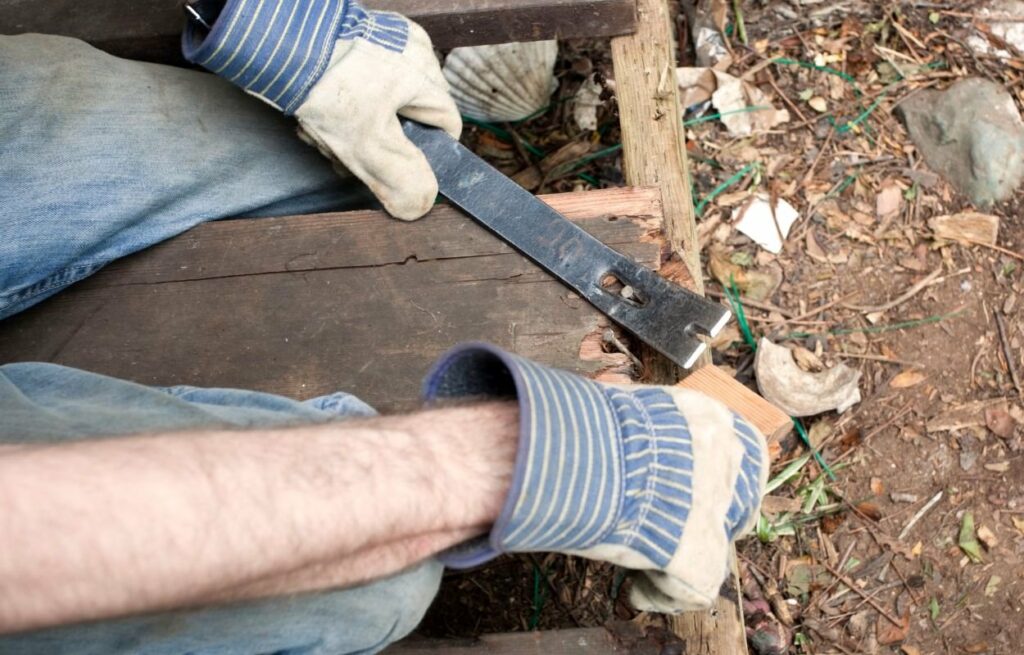
Deconstruction is a powerful concept that goes beyond dismantling structures. It’s a process that offers numerous advantages, both environmental and economic. In this blog post, we will explore the benefits of deconstruction and why it has become a sustainable choice in various industries.
UNDERSTANDING DECONSTRUCTION
Deconstruction is the methodical disassembly of structures, focusing on salvaging and reusing materials. Unlike traditional demolition, which often results in waste, deconstruction aims to minimize environmental impact by carefully dismantling buildings and extracting valuable components for reuse.
PRESERVATION OF RESOURCES
One of the primary benefits of deconstruction is the preservation of valuable resources. Instead of sending tons of debris to landfills, this method allows for the recovery of materials such as wood, metal, and concrete. By salvaging these resources, we reduce the demand for new raw materials, ultimately contributing to a more sustainable and circular economy.
ENVIRONMENTAL IMPACT
The environmental benefits of deconstruction cannot be overstated. Traditional demolition releases harmful pollutants into the air and generates vast amounts of waste. Deconstruction, on the other hand, significantly reduces these negative environmental effects, making it a greener alternative. By choosing deconstruction, we actively participate in the responsible stewardship of our planet.
JOB CREATION AND LOCAL ECONOMY
Beyond its environmental advantages, deconstruction also stimulates the economy. The labor-intensive nature of the process creates job opportunities for local communities. Skilled and unskilled workers alike can find employment in deconstruction projects, promoting economic growth at the grassroots level.
COMMUNITY ENGAGEMENT
Deconstruction projects often involve collaboration with local communities. This engagement fosters a sense of shared responsibility and pride. Residents become active participants in the sustainable development of their neighborhoods, as they witness firsthand the positive impact of deconstruction on the environment and the economy.
COST-EFFECTIVENESS
Contrary to common misconceptions, deconstruction can be a cost-effective option. While the initial labor and time investment may seem higher compared to traditional demolition, the savings from salvaged materials and reduced disposal costs can offset these expenses. In the long run, the financial benefits, coupled with the positive environmental and social outcomes, make deconstruction a smart investment.
PROMOTING INNOVATION IN CONSTRUCTION PRACTICES
Deconstruction challenges traditional construction norms, fostering innovation in building practices. As the demand for sustainable solutions grows, the construction industry adapts to incorporate eco-friendly methods. Deconstruction encourages architects and builders to consider the end-of-life cycle of structures from the initial design phase. This shift in mindset leads to the development of more durable and easily deconstructable buildings. The emphasis on reusability promotes a culture of responsible construction, where the entire life cycle of a structure is considered, from inception to deconstruction. This innovative approach not only benefits the environment but also positions the construction industry as a key player in sustainable development.
In conclusion, the benefits of deconstruction extend far beyond the mere act of dismantling structures. This sustainable approach preserves resources, mitigates environmental impact, creates jobs, engages communities, and proves to be a cost-effective solution. By choosing deconstruction, we not only contribute to a more circular economy but also actively participate in building a greener and more prosperous future. The benefits of deconstruction are clear, making it a compelling choice for those seeking a holistic and responsible approach to construction and demolition projects.





